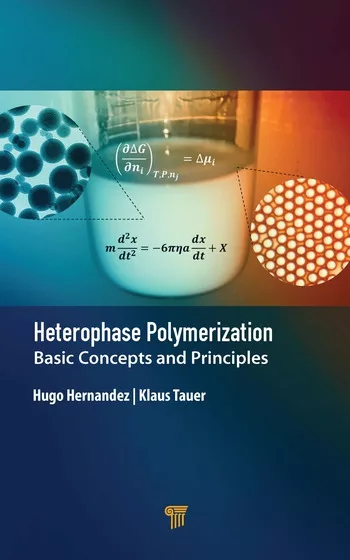Ask Dr. Dave: April 2013
Dave Dunn shares details regarding UV adhesives/coatings for a medical device assembly.
Question: We use a UV adhesive/coating for assembling the plastic and metal components of a complex medical device. We need to optimize our curing process and ensure that the adhesive is fully cured with maximum properties. What are the most important factors?
Answer: You’ll want to consider several important factors. The two parts of any UV system are the adhesive/coating itself and the UV curing lamp. First, you need to work with your supplier to find out the recommended cure conditions, including bulb intensity, time of irradiation and depth of cure in a certain time. The supplier should be able to tell you the important properties to measure to ensure full cure, such as hardness of the cured product.
You should then establish the best intensity/time conditions and define minimum and maximum for the total radiation (intensity x time). Bear in mind that lower intensity and longer times will often give you better depth of cure. Be careful not to overdo the radiation because of heat buildup; heat will certainly accelerate the cure of UV systems, but you may melt or distort sensitive plastics. It is essential to measure the intensity of the UV radiation at the surface of the parts using a radiometer. Remember that UV bulbs age with time, and it is essential to measure the intensity with the radiometer regularly (at least daily).
Because of the complex shape of your parts, it may prove difficult to get reliable through-curing in all of the key coating areas, as they may be partially shadowed from the incident light. You may need to use more than one lamp mounted at different angles to the part. I have had some success when curing inside an enclosure by placing mirrors on the inside walls of the enclosure to get some reflected UV light. Some adhesives and coatings also use a dual-cure system—namely a UV system and a secondary, moisture-induced cure—which ensures full cure in shadowed areas.
Looking for a reprint of this article?
From high-res PDFs to custom plaques, order your copy today!




